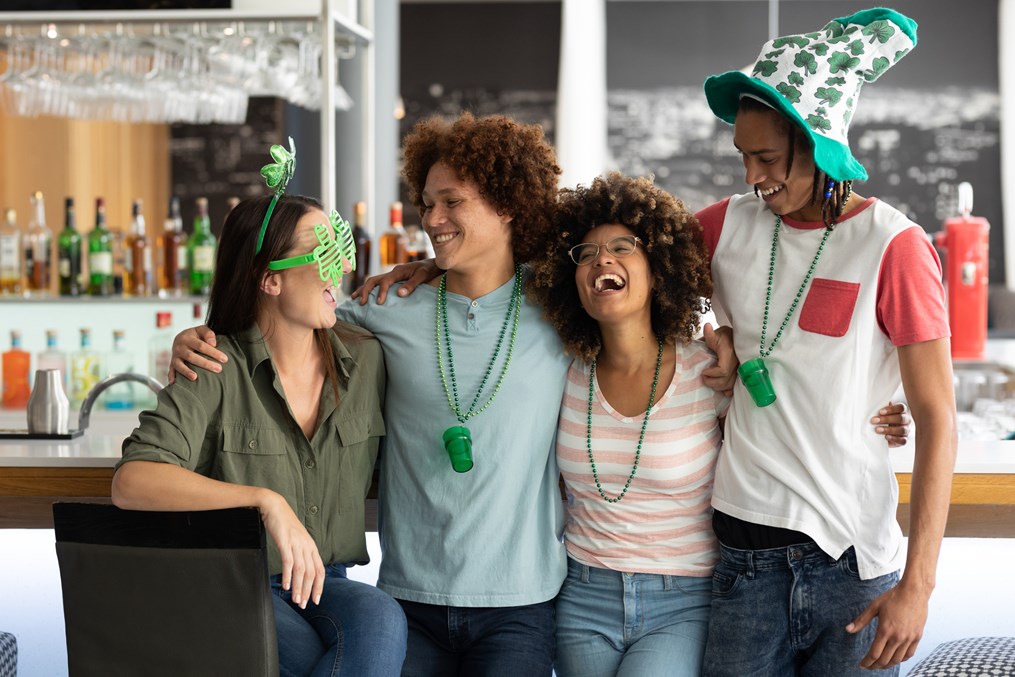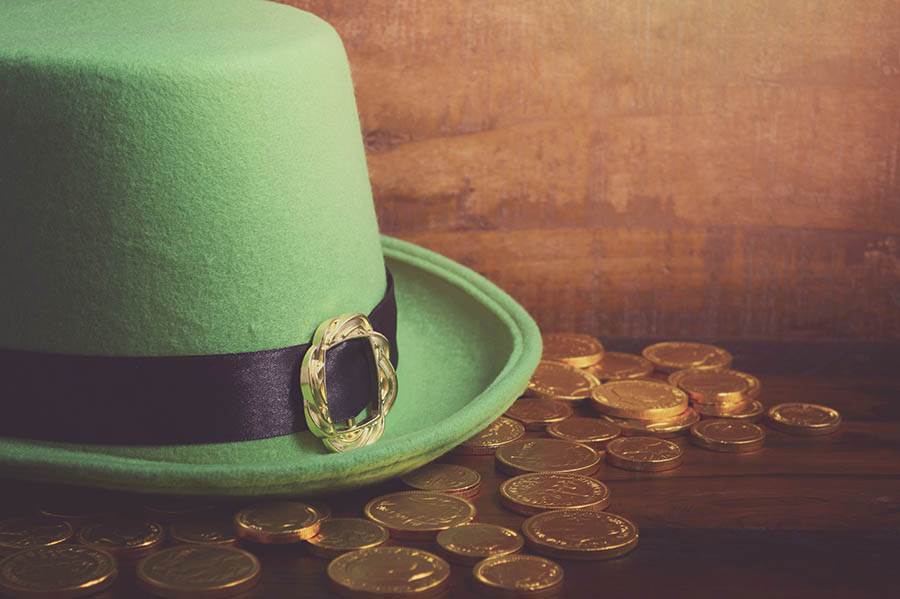
What comes to mind when you think of fairies? If you immediately imagine Tinker Bell with her pixie dust and magic wand, it might surprise you to learn that fairies have a much longer and more complex history. These mystical beings have an enchanting place in Irish lore, so what better time to learn about their history and significance than St. Patrick's Day? Grab a bowl of Lucky Charms and get ready to discover the power and mysticism surrounding Irish fairies.
History of Irish Fairies
According to old Irish legend, fairies descended from the Tuatha de Danann tribe, a group of supernatural beings who originally inhabited the area now known as Ireland. After their defeat by the Milesians, the Tuatha de Danann went underground and transformed into the Sidhe. Eventually, they became known as fairies or the "wee folk."
Over the years, fairies became linked to magic and mysticism. They're known to live in the Otherworld, a dimension that exists alongside the human realm. Entrances to the Otherworld include caves, forts, and fairy trees. Legend has it that disrupting a fairy tree can result in bad luck, which is why some places and monuments in Ireland are protected from development.
Fairies also have the power to bring health and good fortune to those they encounter. The luck o' the Irish has ties to the wee folk, and they've been known to bestow blessings on those who present them with offerings, such as food or flowers.
Types of Irish Fairies
In Irish culture, different types of fairies possess unique magic and powers. You've probably heard of some of these, while others may be unfamiliar to you.
Pookas
Pookas have mischievous spirits and love to play pranks on people. They can take the shape of a black horse or similar animal, such as a goat or cat. Perhaps because of their black fur, they're commonly associated with bad luck. However, some believe Pookas use their shape-shifting abilities to help farmers or other animals.
Banshees
If there's one fairy you don't want to encounter, it's a banshee. According to Irish lore, banshees make themselves known to announce the impending death of a loved one. They're described as pale women with red hair, and they're known to let out spine-chilling screams to announce their arrival.
Mermaids
Long before "The Little Mermaid," there were tales about mermaids, otherwise known as the fairies of the sea. Mermaids were known to lure men underwater with their beauty and magic. Mermaids can also choose to go onto land, where they become full humans.
Changelings
A changeling is an evil fairy that replaces a human child. According to Irish lore, people believed that children became ill when fairies took them away and replaced them with changelings. These changelings were often recognized by unusual behaviors or physical traits.
Leprechauns
With their pots of gold and mischievous natures, leprechauns have easily become the most famous of the Irish fairies. These bearded fairies have roots dating back to the 17th century. Today, they're known for protecting their treasures and using trickery to keep humans from finding their gold. According to legend, if you can catch a leprechaun, he'll grant you three wishes — but be careful what you ask for, as they're known for using deceit to keep you from getting too greedy.

What Do Leprechauns Have To Do With St. Patrick's Day?
So how exactly did an old, bearded, sneaky shoemaker become the symbol of St. Patrick's Day? Turns out, it's a relatively new development. While leprechauns have long been associated with Ireland because of the country's fairy folklore, they only recently became the face of St. Patrick's Day, seen on everything from T-shirts to parade floats to beer glasses.
The leprechauns' rise to fame, so to speak, came about because of a Walt Disney film titled "Darby O'Gill and the Little People," released in 1959. In the movie, a man tries to outwit a leprechaun to get his hands on a pot of gold. As luck would have it (pun intended), the film came out around the same time that St. Patrick's Day started becoming more popular in the United States. Since then, leprechauns have become as synonymous with St. Patrick's Day as shamrocks, rainbows, and the color green.
Facts About Leprechauns
Want to impress your children or co-workers with your knowledge of leprechauns? Here are a few facts about these tiny tricksters:
-
Pots of gold: Every leprechaun is known to protect their most treasured possessions in a pot of gold. While it's usually hidden at the end of a rainbow, you can only find it if you catch a leprechaun.
-
Symbol of luck: Many people believe that leprechauns bring good fortune to those who find them. They've become a symbol of the luck of the Irish.
-
Green suits: In modern culture, leprechauns are usually depicted wearing green suits, but they used to be known for wearing red. It's unclear why this changed, but green is a popular color in Ireland because of the country's flag and its nickname of the Emerald Isle.
-
Irish home: To have the best chance of finding a leprechaun today, make plans to visit Limerick, a city in Ireland. People say leprechauns hide in the city's alleyways, and the city embraces the legend by holding festivals and events in the leprechauns' honor.
What To Know About Irish Fairies Today
Fairies represent magic, mystery, and a connection between the earthly and supernatural realms. Whether or not you believe in them, it's fun to consider how and why fairies have made their mark on modern culture. Of course, if you see a fairy, it's best to be kind and avoid getting on its bad side. You never know when one might send some good luck your way.
Are you hoping that an Irish fairy brings you some luck this St. Patrick's Day? We can't offer you three wishes or a pot of gold, but we can provide you with spiritual guidance and insights on your life path. Make an appointment with a PathForward Psychic and learn how you can make your own luck — no leprechauns necessary.
Share Your Thoughts
Drop a line, share your insight, and keep the convo going! Sign in or create an account to leave a comment on this content and more.

No comments yet. Be the first!